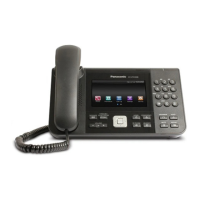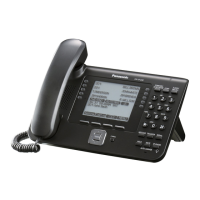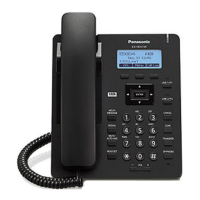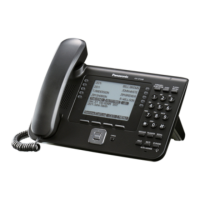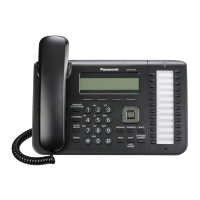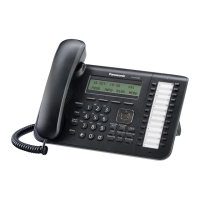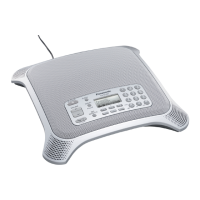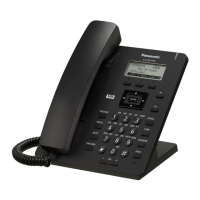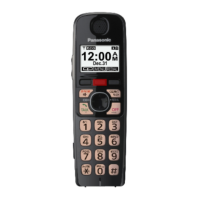This is useful when the administrator would like to prevent users from changing parameters that could
affect services. Disabled parameters appear as read-only when accessing web programming and phone
programming.
2. Forcing changes to parameters regardless of priority
This is useful when the administrator would like to use the configuration file to overwrite parameters that
may have been set by users via web programming and phone programming.
The permission flag can be assigned to the desired parameter using the attribute perm, as shown in the
examples below.
Permission attribute value
Description and example
perm="R"
The parameter is read-only, i.e., the user cannot use web
programming or phone programming to change the parameter.
Example
<SIPPNP_ENABLE perm="R">Y</SIPPNP_ENABLE>
• Permission attribute not assigned
• perm=""
• perm="RW"
The parameter is read/write, i.e., the user can use web
programming or phone programming to change the parameter.
Example
• <SIPPNP_ENABLE>Y</SIPPNP_ENABLE>
• <SIPPNP_ENABLE perm="">Y</SIPPNP_ENABLE>
• <SIPPNP_ENABLE perm=RW">Y</SIPPNP_ENABLE>
perm="!"
The parameter can be overwritten via provisioning, even if the user
has already changed the parameter via web programming or phone
programming. The priority of the configuration setting must be
considered when using this attribute value.
Example
• <SIPPNP_ENABLE perm="!">Y</SIPPNP_ENABLE>
• <SIPPNP_ENABLE perm="!R">Y</SIPPNP_ENABLE>
• <SIPPNP_ENABLE perm="!RW">Y</SIPPNP_ENABLE>
2.4.3 Device Configuration File Types
The device can download up to three configuration files. There are three types of configuration files. Depending
on the situation, all three types of configuration files can be used; in most situations, only a standard
configuration file is needed.
Configuration file type
Typical usage
Master configuration file
(Common to all devices)
Used to configure settings that are common to all devices, such as the SIP
server address, the IP addresses of the DNS and NTP servers managed
by your phone system dealer, etc. These settings are applied to all devices.
Example of the master configuration file’s URL:
http://prov.example.com/Panasonic/ConfigCommon.cfg
Product configuration file
(Common to all devices of the
same model type)
Used to configure settings that are required for a particular model. This
configuration file is used by all the devices of the same model type.
Example of a product configuration file’s URL:
http://prov.example.com/Panasonic/Config{MODEL}.cfg
(The model number is used in place of "MODEL".)
Document Version 2015-01 Administrator Guide 53
2.4.3 Device Configuration File Types
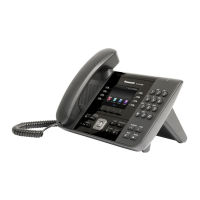
